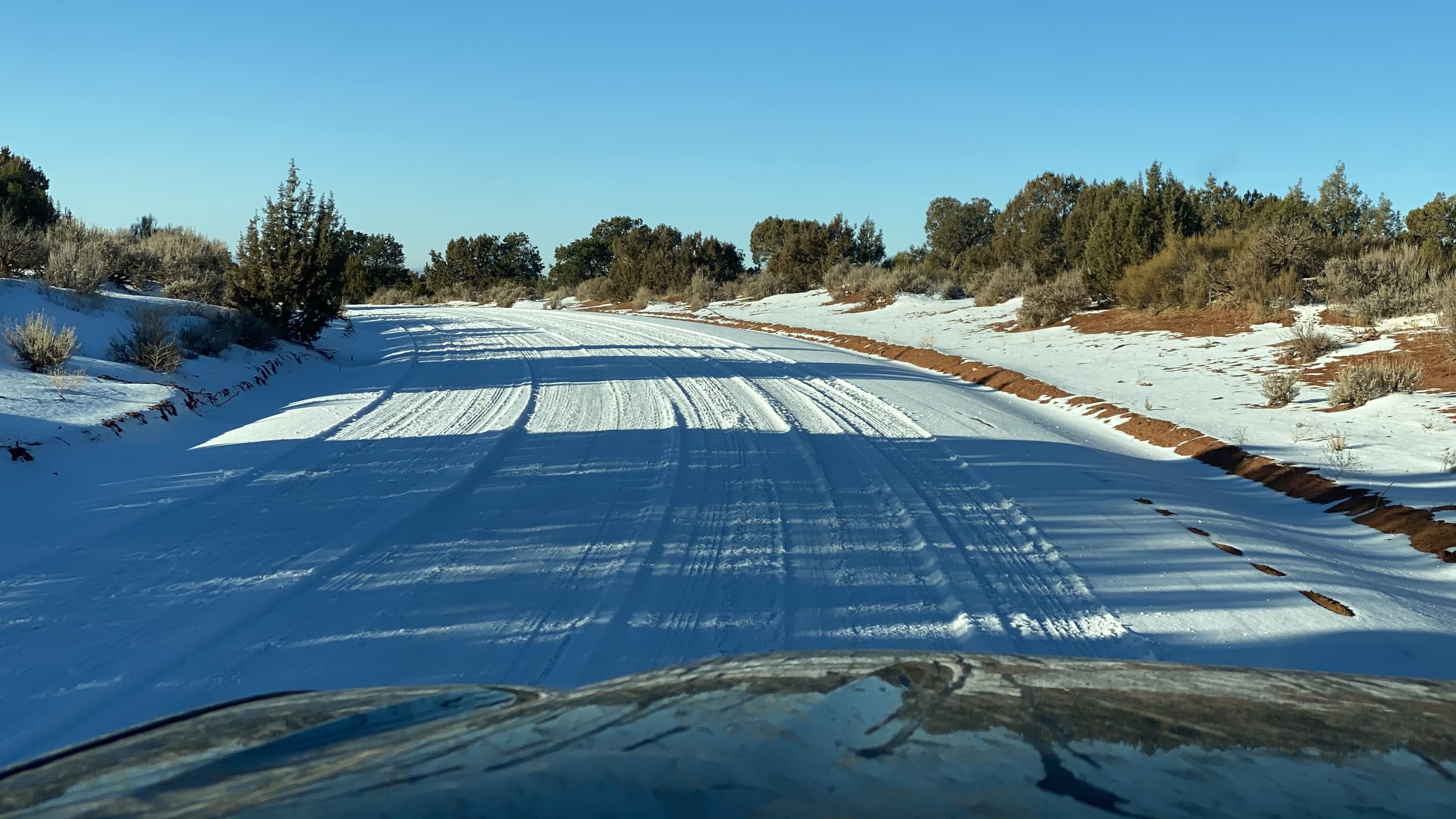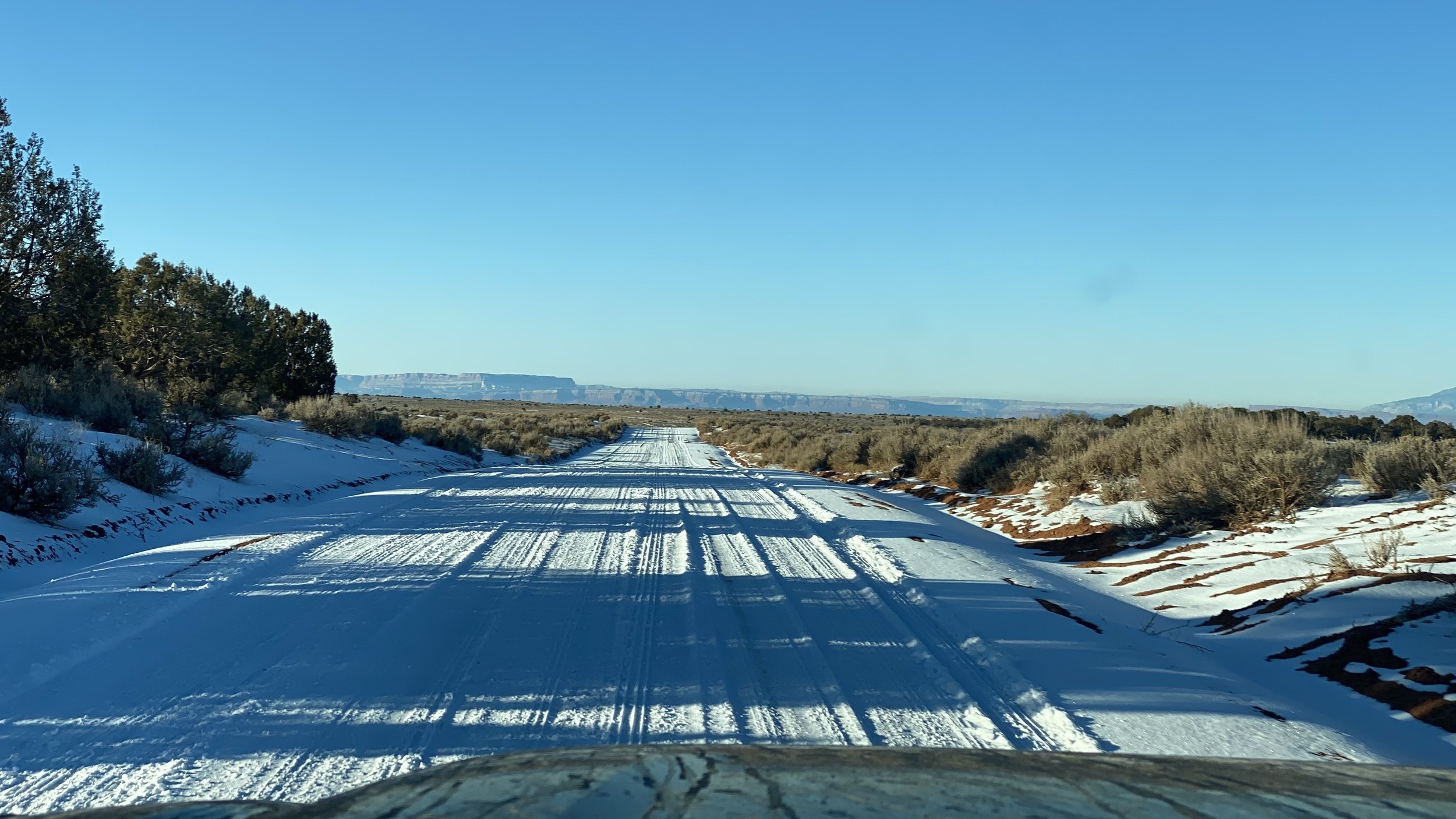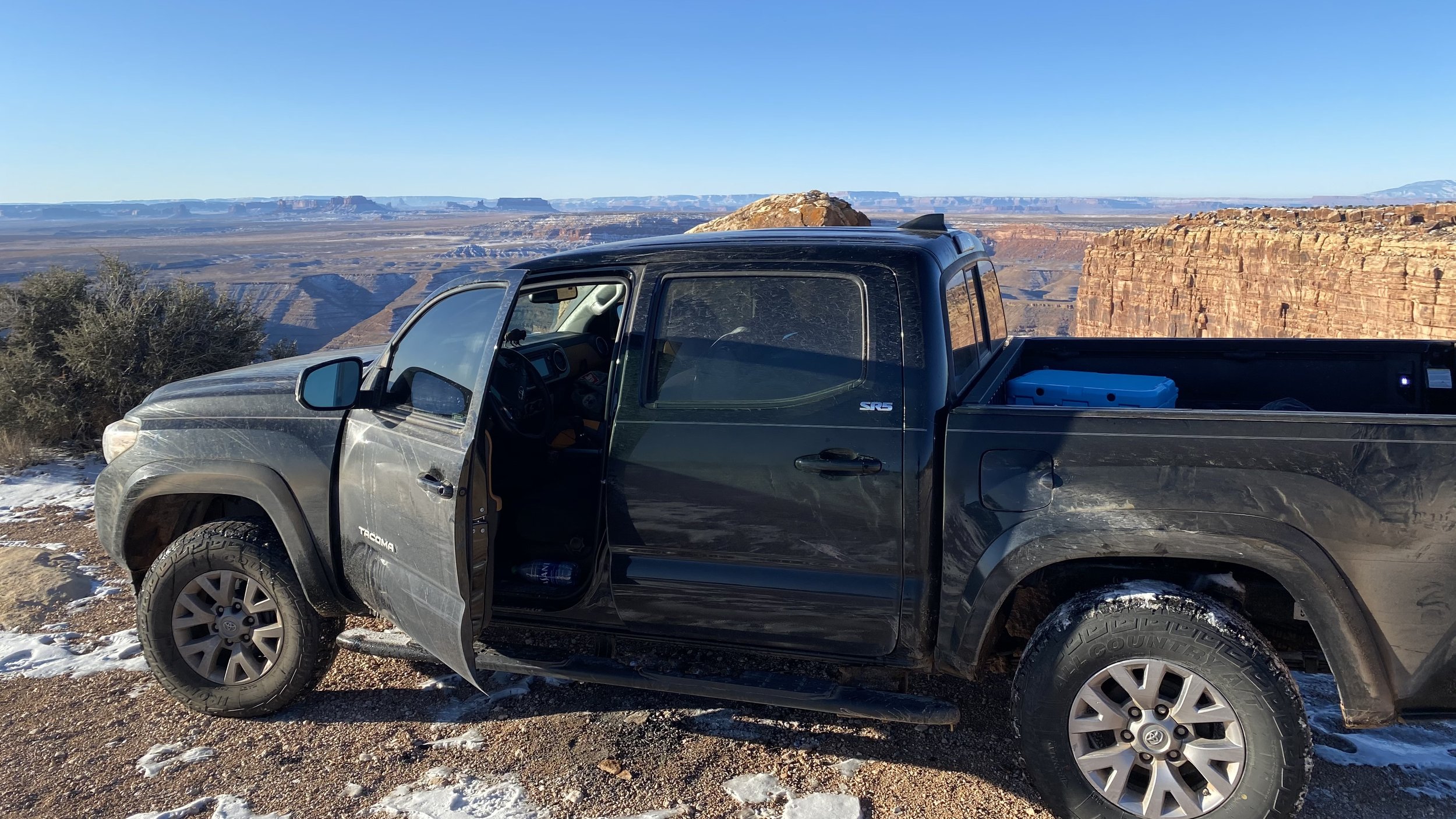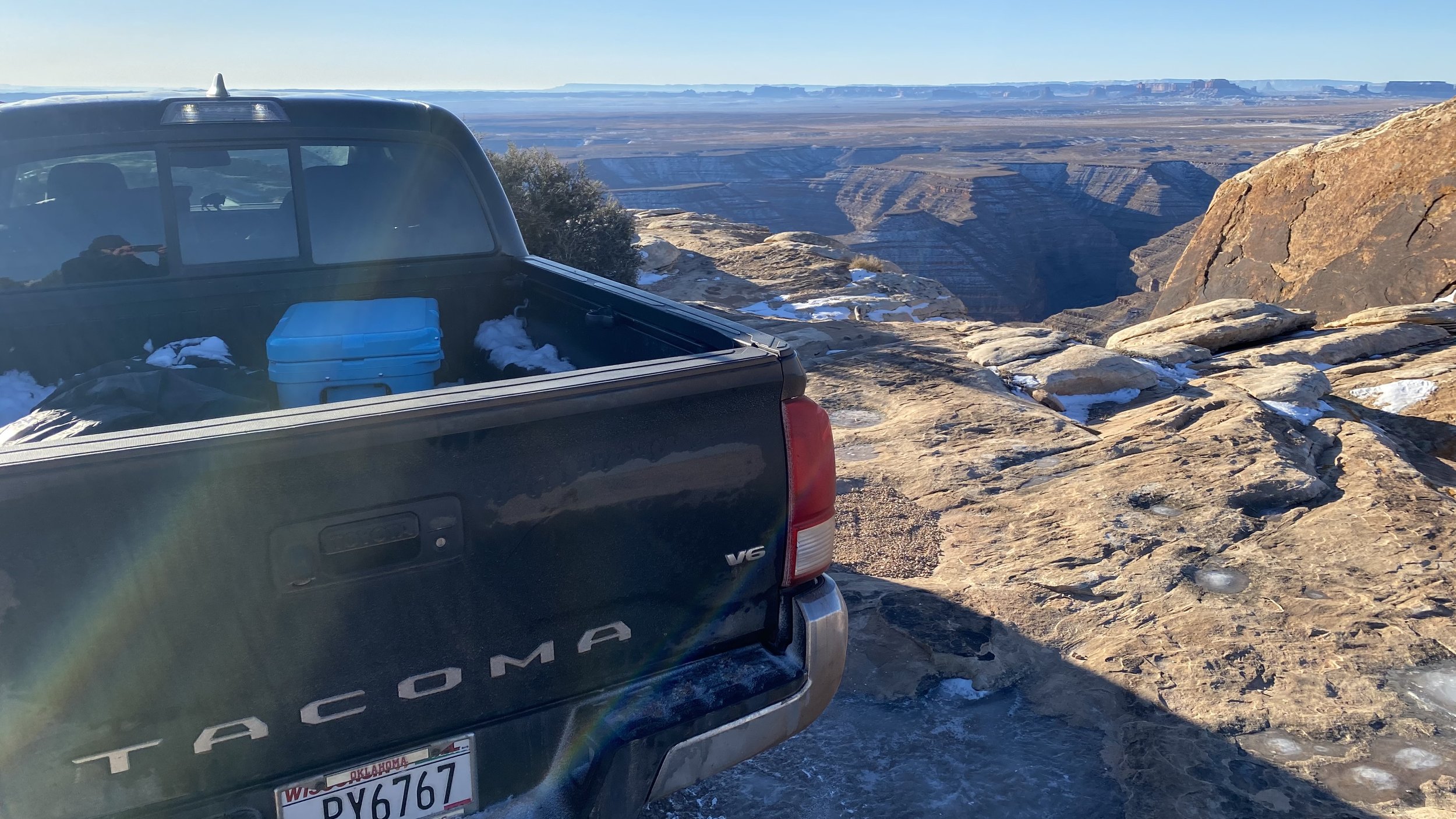
Davis Gulch
Towards the very bottom of the Hole-in-the-Rock Road (which resides mostly in Grand Staircase-Escalante National Monument) sits this massive oasis of beauty filled with slot canyons, arches, and caves known as Davis Gulch. It is also the last known resting place of Everett Ruess. His remains have never been recovered but Davis Gulch was his last known location. Listen to my series over the young explorer and adventurer to learn more!
I’ve only ever driven to its beginning and walked along the edge but one day, my wife and I plan on exploring the entire thing.
It has beautiful views of what the locals simply call The Desert as well as Navajo Mountain.
From Jon Krakauer, author of Into the Wild: “For most of its four-mile length, as I later described the defile in Into the Wild, it exists as a deep, twisting gash in the slickrock, narrow enough in places to spit across, lined by overhanging sandstone walls that bar access to the canyon floor. The country surrounding Davis Gulch is a desiccated expanse of bald rock and brick-red sand. Vegetation is lean. Shade from the withering sun is virtually non-existent. To descend into the confines of the canyon, however, is to arrive in another world. Cottonwoods lean gracefully over drifts of flowering prickly pear. Tall grasses sway in the breeze. The ephemeral bloom of a sego lily peeks from the toe of a ninety-foot stone arch, and canyon wrens call back and forth in plaintive tones from a thatch of scrub oak. High above the creek a spring seeps from the cliff face, irrigating a growth of moss and maidenhair fern that hangs from the rock in lush green mats.”




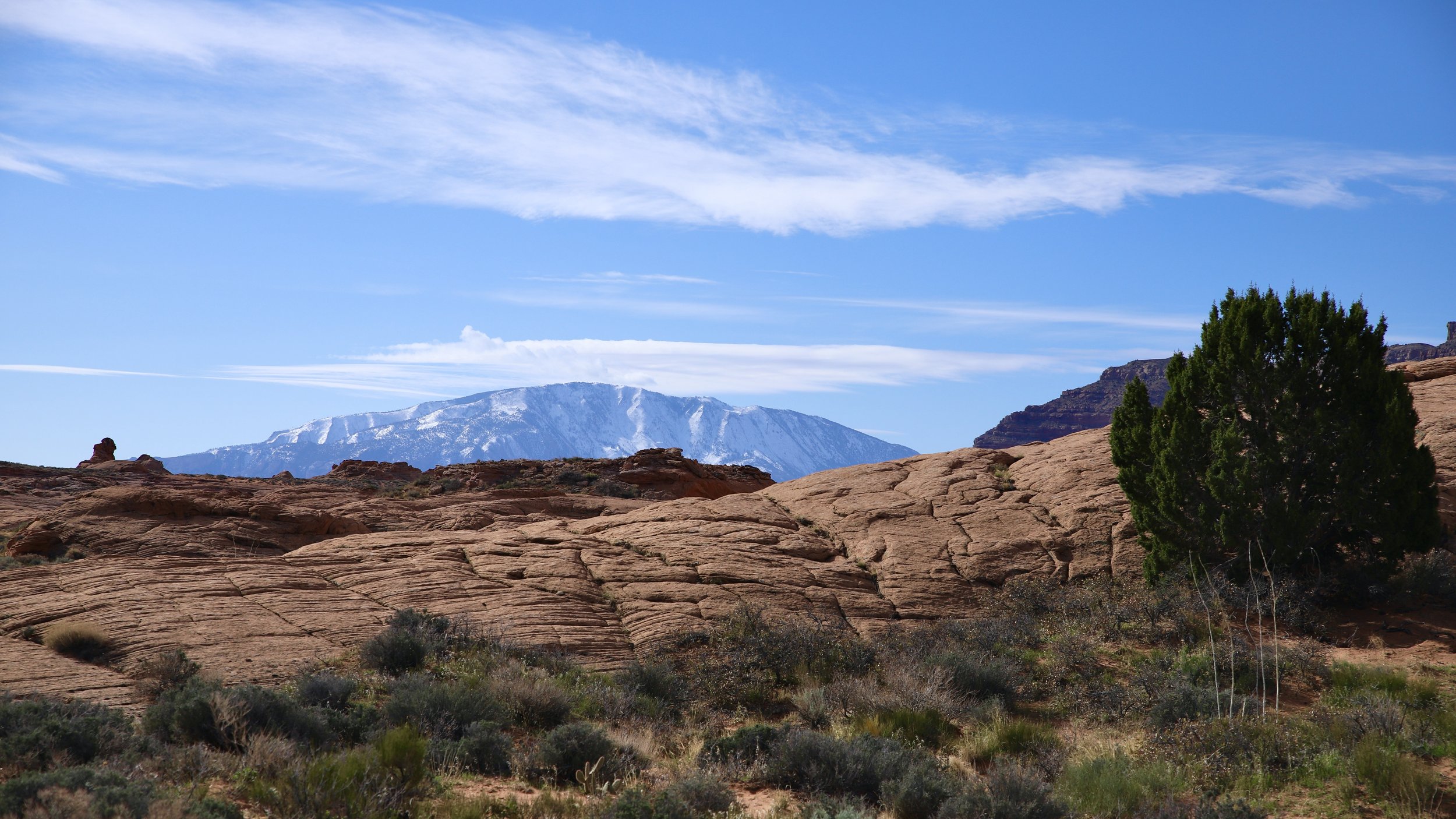



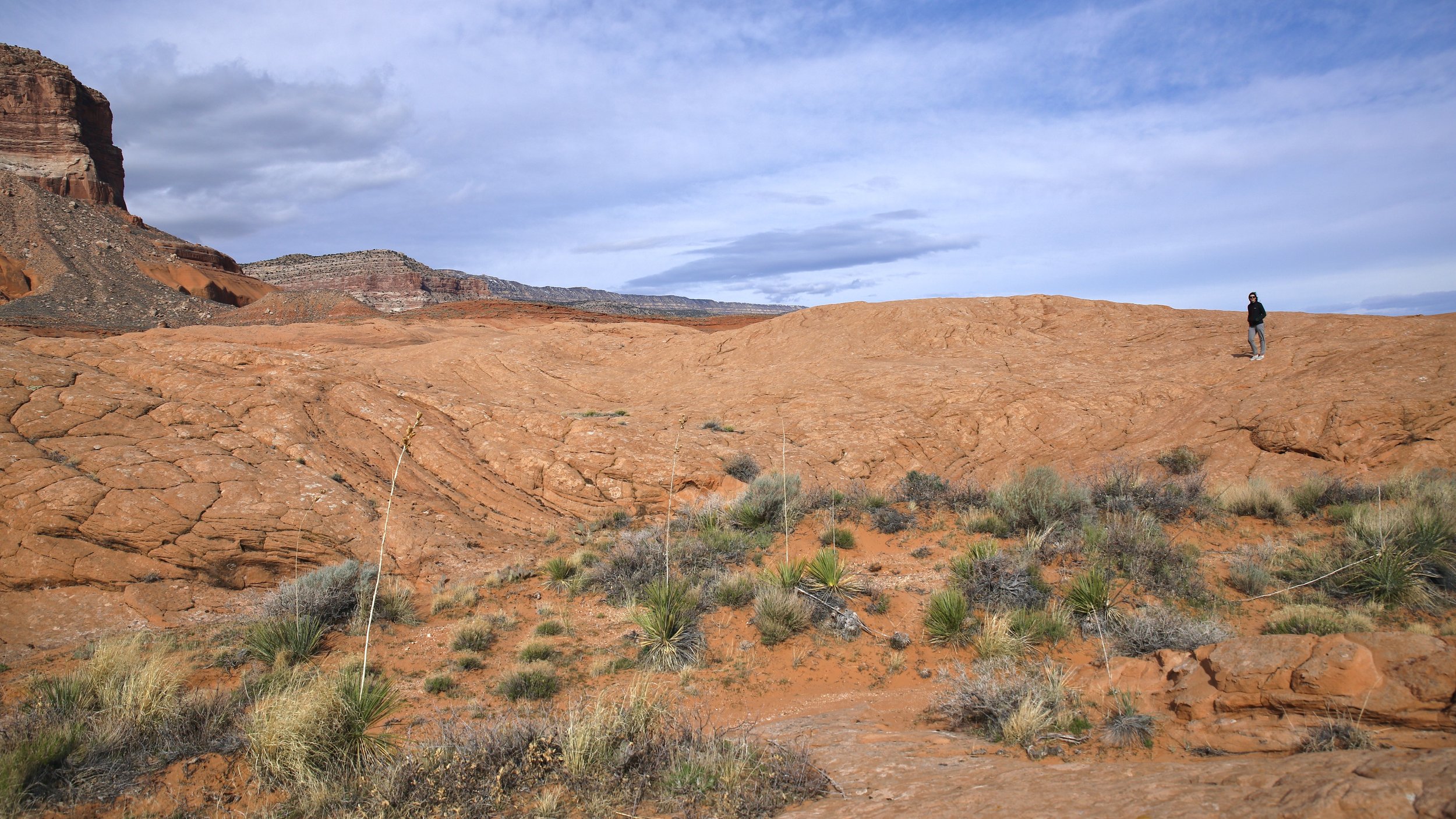

Also, you must not mind the wind. I once came up there on the last days of the year in December and there were campers on the rock’s edge despite the sub zero wind chill with at least 20 mph winds. Some people are way more hardcore than I am. You won’t regret visiting Muley Point though, no matter what time of year it is.
